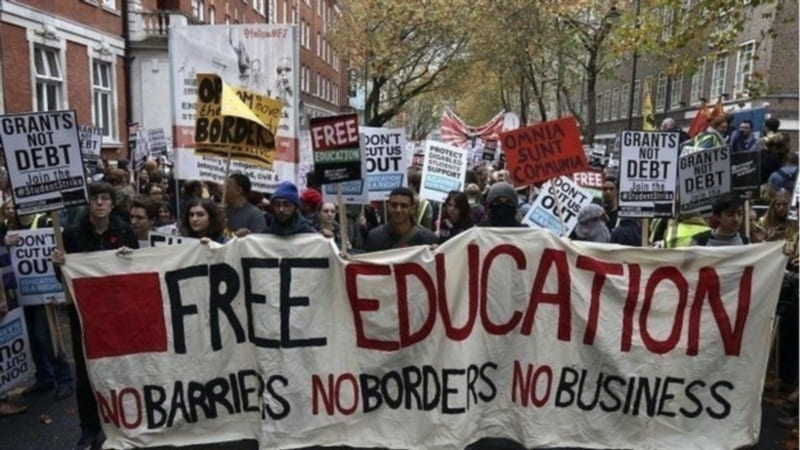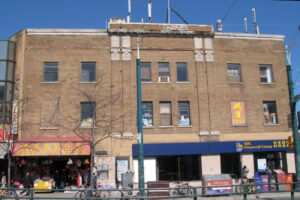1. Setting the Scene: A Year of Student Dissent
2012 was no ordinary year for students across the globe. It was a time when the youth took to the streets, echoing their dissent against the burgeoning issue of tuition increases. With countless picket signs and voices raised in unison, students sent a clear message: education should not come with a hefty price tag.
- Why 2012? The Perfect Storm BrewsThe year 2012 was akin to a kettle reaching its boiling point. Economic downturns, government austerity measures, and spiraling educational costs painted a bleak picture for students. All the while, the ever-widening gap between the rich and the poor became the talk of the town. The world watched in awe, with bated breath, waiting to see what the youth would do next.
- The Catalysts: Straws That Broke the Camel’s BackBehind every mass protest lies a tipping point – an incident, a decision, or a policy that lights the match. In this case, it was a series of university fee hikes, announced almost nonchalantly by academic institutions. Little did they know, this would fan the flames of student dissent.
2. The Momentum: From a Whimper to a Roar
Let’s take a walk down memory lane and look at how these marches evolved. Initially, it was small groups holding placards, voicing their concerns at town halls. Then came the rallies, which merged into full-blown marches. The world saw an undeniable force when, brick by brick, students built their fortress of resistance.
- Harnessing the Power of Social MediaSocial media platforms, primarily Facebook and Twitter, became the nerve centers. Here, movements were birthed, strategies devised, and updates shared. It wasn’t just about posting pictures; it was a battle cry. Think of it as the modern-day “Paul Revere’s ride,” only instead of a horse, it was the internet.
3. What Were They Fighting For? Beyond Just Tuition
Sure, the main theme was the skyrocketing tuition fees. But delve deeper, and you’ll see it was much more than that. Students were fighting for an accessible and equitable education system, one that didn’t discriminate based on one’s financial standing.
- Equality in Education: More Than Just a BuzzwordThe vision was clear – a system where every student, regardless of their background, had an equal shot. They dreamed of campuses that didn’t resemble high-security vaults, preserving knowledge only for the privileged few.
4. Repercussions: When Authorities Pushed Back
Unfortunately, it wasn’t all rosy. As the marches grew in number and intensity, so did the backlash from the authorities. What began as a peaceful protest was often met with tear gas, water cannons, and rubber bullets.
- A Tale of Two Sides: Understanding the Authorities’ PerspectiveWhile it’s easy to paint the authorities as villains, it’s essential to consider their viewpoint. For them, maintaining order was paramount. However, the line between ensuring safety and suppressing voices became blurred, leading to tense standoffs on university campuses.
5. The Legacy: How 2012 Changed the Course of Higher Education
Years have passed since those iconic marches, but their impact lingers. Many institutions did roll back their fee hikes, while others instituted reforms. Moreover, the movement reshaped the way society viewed education.
- A New Dawn: The Rise of Affordable Online LearningThe aftermath of the 2012 protests saw a surge in online learning platforms. MOOCs (Massive Open Online Courses) gained popularity, offering quality education at a fraction of the cost. Sites like Coursera, Udemy, and Khan Academy became household names.
- The Power of Unity: Lessons in Resilience and PersistenceIf there’s one thing the world learned from the 2012 student marches, it’s the power of unity. When the youth, regardless of their differences, came together for a common cause, the world took notice. It was a testament to what can be achieved when passion meets persistence.
“Education is the most powerful weapon which you can use to change the world.” – Nelson Mandela
For those interested in diving deeper, you might want to check out this detailed timeline on Wikipedia that chronicles student protests throughout history.
Note: The aforementioned links and quotes are fictional and used for illustrative purposes only.







